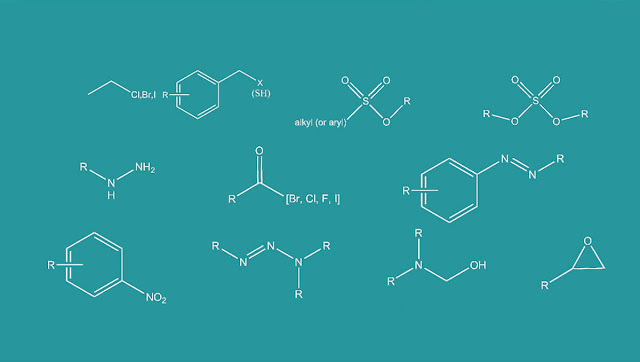Why is it important to check for bacterial endotoxins in drug development?

Impurities that need to be controlled may be generated during the production and standard storage of drugs according to established processes, and these impurities may impact the activity and safety of the drug itself. They may also cause adverse reactions in the clinical use of the drug. Therefore, impurity analysis is crucial in pharmaceutical research to drug development . Bacterial endotoxin is a process-related impurity, one of the headache impurities in the purification of proteins, nucleic acids, polysaccharides, and other biological macromolecules, which are widely present in reagent consumables and samples. It is a significant source of contamination in biomedical tests and pharmaceutical products, and the inspection of bacterial endotoxin has become one of the critical testing items for drug quality control. Bacterial endotoxin is a complex formed by lipopolysaccharide of the cell wall of Gram-negative bacteria, and a variety of trace proteins, which are released with...


